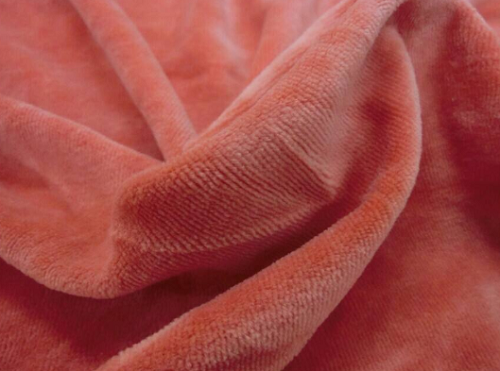Among the quilts used in daily life, velvet may be the one we often hear about. However, in fact, everyone’s overall understanding of it is relatively little. Today, I will introduce you to velvet, including its advantages and disadvantages and how to maintain it, so that it can help you when making a choice.

About what is velvet? What are the pros and cons of velvet? In fact, it is also an issue that many friends are concerned about. Velvet is made by knitting and is covered with suede. The overall feel is relatively soft, and the down is relatively fine, just like swan down. The feel between the two is actually quite similar. In normal use, there are actually differences in the raw materials and production techniques used for velvet.
What are the advantages and disadvantages of velvet?
We briefly introduced what velvet is? Naturally, everyone wants to know the advantages and disadvantages of velvet. First of all, its overall softness is good, and the warmth retention when made into a quilt is also good. Relatively speaking, the texture is relatively delicate, and there will be no pilling. The water absorption is also good, but in terms of disadvantages , because of the characteristics of the material itself, there may be some small fluff residue during the production process, and sometimes static electricity may be generated. This defect is determined by the raw materials of the product.
How to maintain velvet?
Because of the particularity of raw materials and fabrics, you also need to pay attention to the maintenance of velvet. Because it is thin and light, and has good overall elasticity, and sometimes generates static electricity, be careful to avoid friction and wash it frequently for hygiene reasons.




